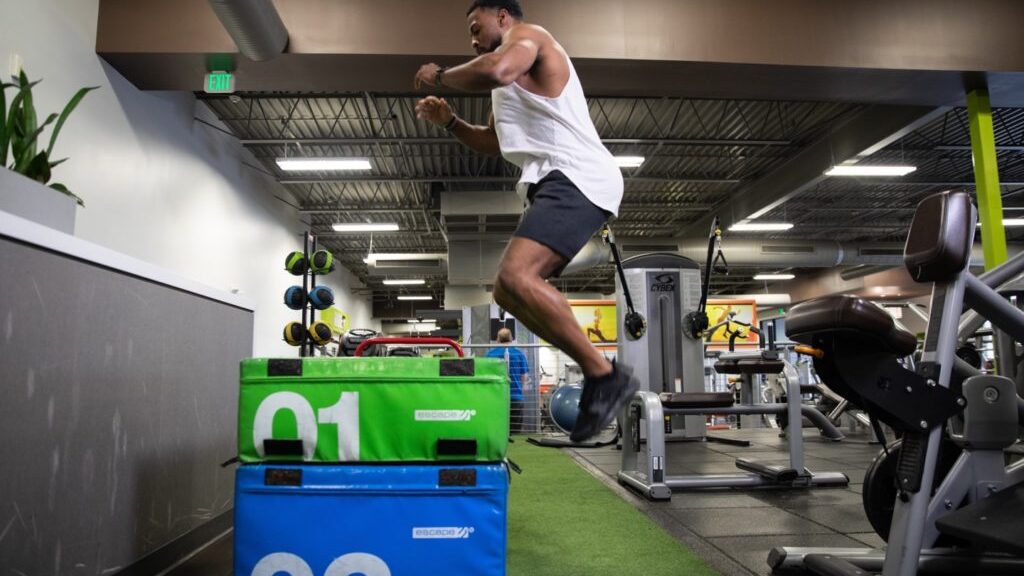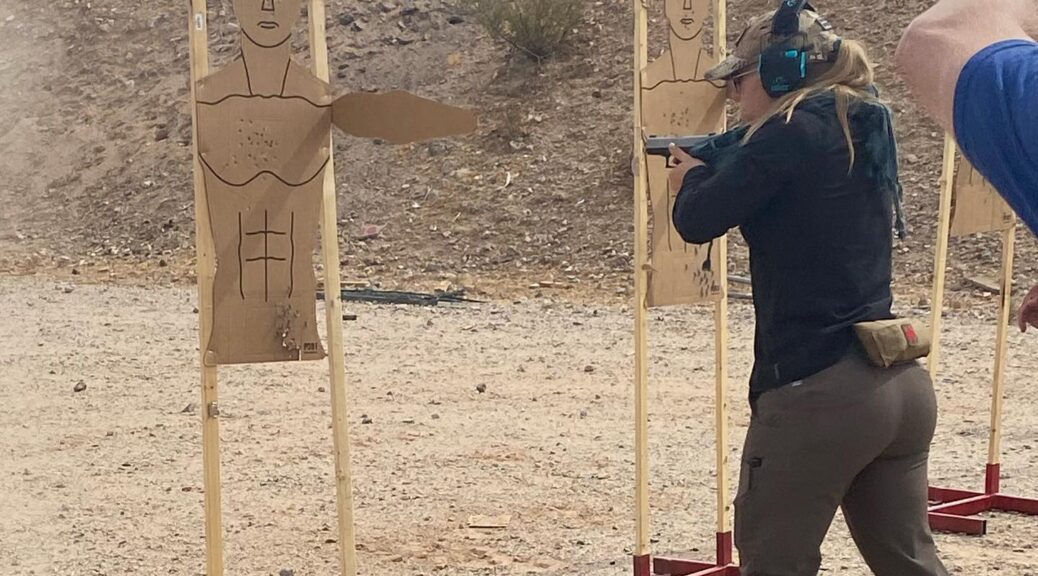If you read any of my previous articles or posts, you probably realize I’m obsessed with clarity of language. I was fortunate with having some high school teachers and college professors who showed me that if we are going to communicate with others, if we are going to try to convince them of our ideas, or we are trying to let them know they are wrong, we need to speak as clearly as possible so there is no chance of miscommunication. Because that leads to wasted time, wasted energy, and probably failure.
That inclination has only been reinforced the past 35 years of being an instructor of hand-to-hand combat and firearm, as well as being associated with master instructors like Craig Douglas, Chris Fry, Tom Givens, as well as many others. We cannot afford shortcuts that lead to misunderstandings if we are teaching and talking about things that may save lives or prevent injury, and it is crucial we must be understood perfectly.
following that I sometimes take issue with certain terms or descriptors in the training community. Some people have been upset about it and take me to task (the things written and said about me when I pointed out “stress inoculation” is not really a true thing was amazing, especially since much of it came from people I considered friends) and some people say I’m being pedantic. Possibly they are right on that last point, but I prefer to err on the side of clarity. In that vein, I no longer use the term “Fitness” to describe a certain aspect of training.
Unfortunately while Fitness is arguably a good descriptor, it has gotten tied up with certain specific imagery and concepts, and it has become easy for people who don’t want to do the work to become fit to use that terminology as a way to disparage the very idea.
For a good amount of time now, I only use the terms health or vitality to get the idea across that it is key to everything we do in self-preservation. Fitness has been co-opted and used almost solely to describe super heavy duty and hardcore strength and conditioning type work. Too often people assume you are only talking about long, extended and debilitating work that involves incredibly restrictive dieting, long hours every day lifting weights or running or on stationary bikes or using foam rollers etc.
While these things may be part of fitness, they are only part. It is like saying defensive handgun use only involves long hours running and gunning in USPSA matches, or doing complex team room clearing exercises as if you are a SWAT team. Health and vitality encapsulates so much more. It is truly at its essence is all about having the ability to live your life to the nth degree and enjoy the things we should enjoy and do so comfortably without much effort. Unless you are a professional gunbearer who must run to the sound of guns, or you are not involved in extended criminal activity, the chance you will get into a gunfight is very small. However the chance you will die of a heart attack, a stroke, cancer, diabetes or similar issues is on a massive order of magnitude greater.
And beyond that is the ability to pick our kid up and carry them for miles when they get tired at Disneyland. Or pick them up and carry them when you are caught in a natural disaster and need to get to safety. Or grab them and run when your house is on fire. What if you are involved in a car wreck? Can you get your way into the vehicle and pull your kids or spouse out? Do you even have the ability to move yourself unaided for distance in a timely manner? Years ago, my extended family went to Disneyland and the hotel we were at had a giant fire in the lobby (a huge Xmas tree there caught fire) and we had to evacuate at 3 in the morning. I carried my grandmother (who had to use a wheelchair) down five flights of stairs and about a half mile away until we were able to use the wheelchair. I did not have to draw my tacti-cool gun and shoot down marauding Ninjas, but I did need to save her life and it had nothing to do with “fighting” but only with health and vitality.
In other words, are you an asset to your loved ones, or are you a liability? If all you bring to the table is a subsecond draw, then you are not the former at all.
When someone argues that “fitness” is not important in self-defense, they expose their personal bias, and narrow frame of reference. Getting killed by a bad guy is low on the list of threats in the first place, so focusing exclusively there is equal to trying to figure out how many angels can dance on the head of a pin. Absolutely we need to work on the skillset to handle that niche, but we also need to look more broadly. Being a great gunfighter is awesome, but it does you little good if you stroke out at 52 and leave your family without a spouse or parent.


